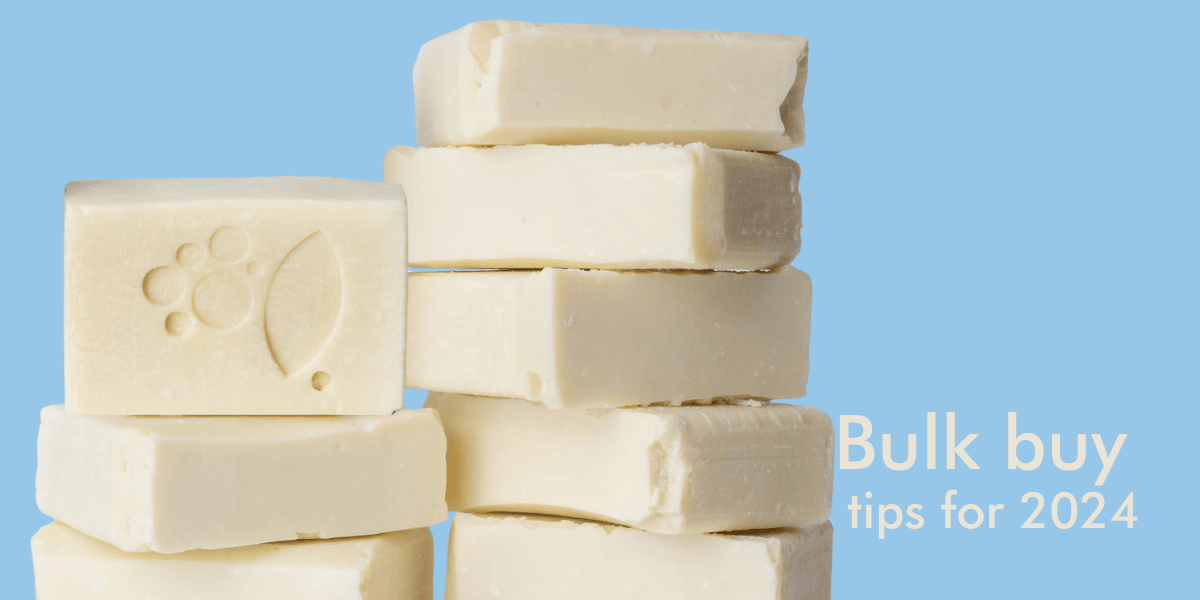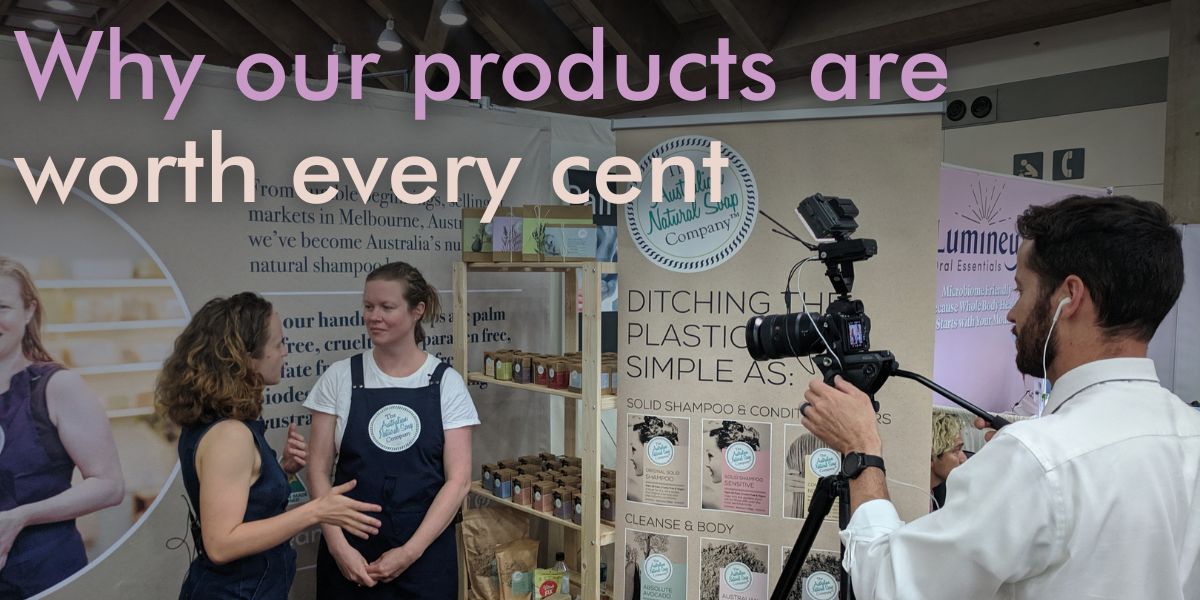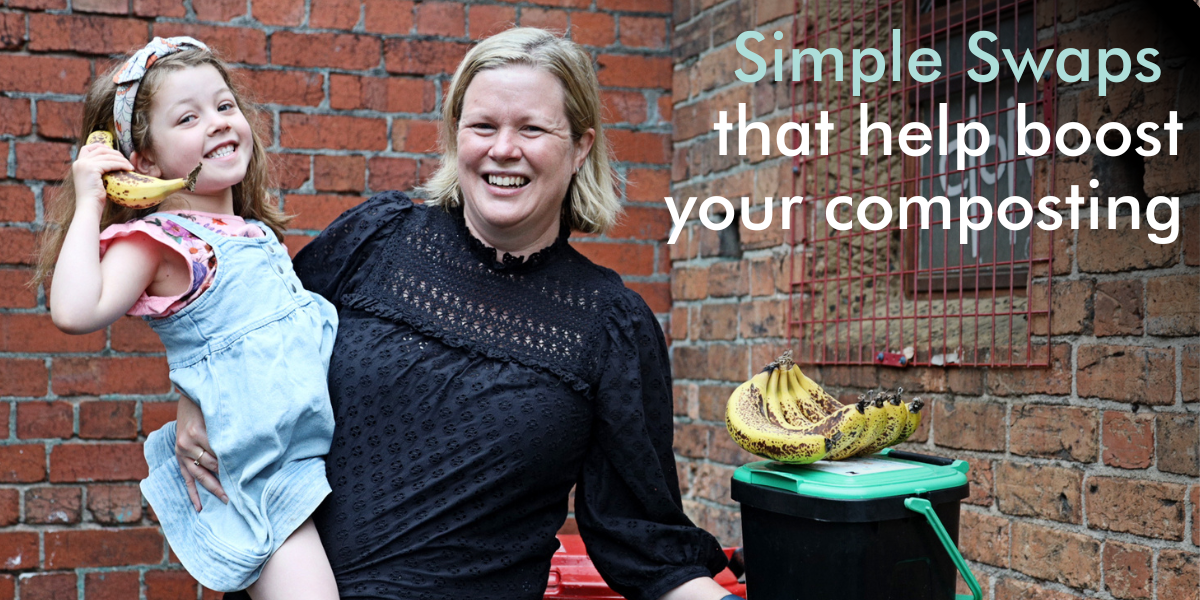Common ingredients in soaps that you will never find in ours

Many of which will surprise you
We often get asked on Facebook why our soaps are more expensive than others on the market.
Believe me, we strive to make the most value for money products possible but we will never sacrifice on quality and there is whole list of ingredients contained in many other soap products that we will never ever use no matter what the cost.
Fundamentally, we created the Australian Natural Soap Company because we wanted to develop products that were best for the skin and best for the planet.
Let’s not beat around the bush, the three ingredients that I’m about to list are all being used in most soaps (and personal care products generally) because they are cheap.
That’s whether or not these savings are being passed onto the customer – I often tell people to look at the ingredients of a $10 cleanser as opposed to $90 – often there’s very little difference In the ingredient list!
1. Tallow
Tallow is a rendered form of animal fat, typically obtained from beef or mutton. When we first started making soap, we would get quite a few cold calls from abattoirs asking us if we’d like to buy animal fat from them. Like a lot of skincare ingredients, it’s a by-product from the manufacturing of something else, which makes it very cheap. But as a vegetarian, I really can’t handle the idea of using animal fat on my skin. I also have concerns that something like animal fat degrades and goes rancid very quickly so that’s why they need to be used with very strong preservatives like parabens in many skincare products.
2. Palm oil
Where do I begin with palm oil. I have seen the deforestation myself in both Sumatra and Borneo because of the palm oil industry. Large areas of tropical rainforests, particularly in Southeast Asia (Indonesia and Malaysia are the largest producers), have been cleared to make way for oil palm plantations. This deforestation contributes to the loss of biodiversity and habitat destruction, affecting endangered species like orangutans, tigers, and rhinoceros. I could go on and on – but if you’d like to learn more about the palm oil issue, I’d encourage you to visit the Orangutan Project (who we donate 1% of our online sales to. To put it in perspective, palm oil costs about a tenth of the cheapest Australian oil that we use. It's used because it’s cheap – there’s no other reason.
3. Mineral oil
Mineral oil is a colourless and odourless oil derived from petroleum, and it is a by-product of the distillation of crude oil to produce gasoline. So again, it’s really cheap. The problem obviously is that it’s created from a non-renewable source. I also don’t like the way that mineral oil reacts with your skin. It actually acts as a barrier because it shares nothing in common with your skin. It’s what gives it its heavy feeling on the skin and can impede the skin’s natural functions. A good quality plant oil such as olive or macadamia oil, on the other hand, is very similar to your skin’s natural oils so it instead works with your skin.




